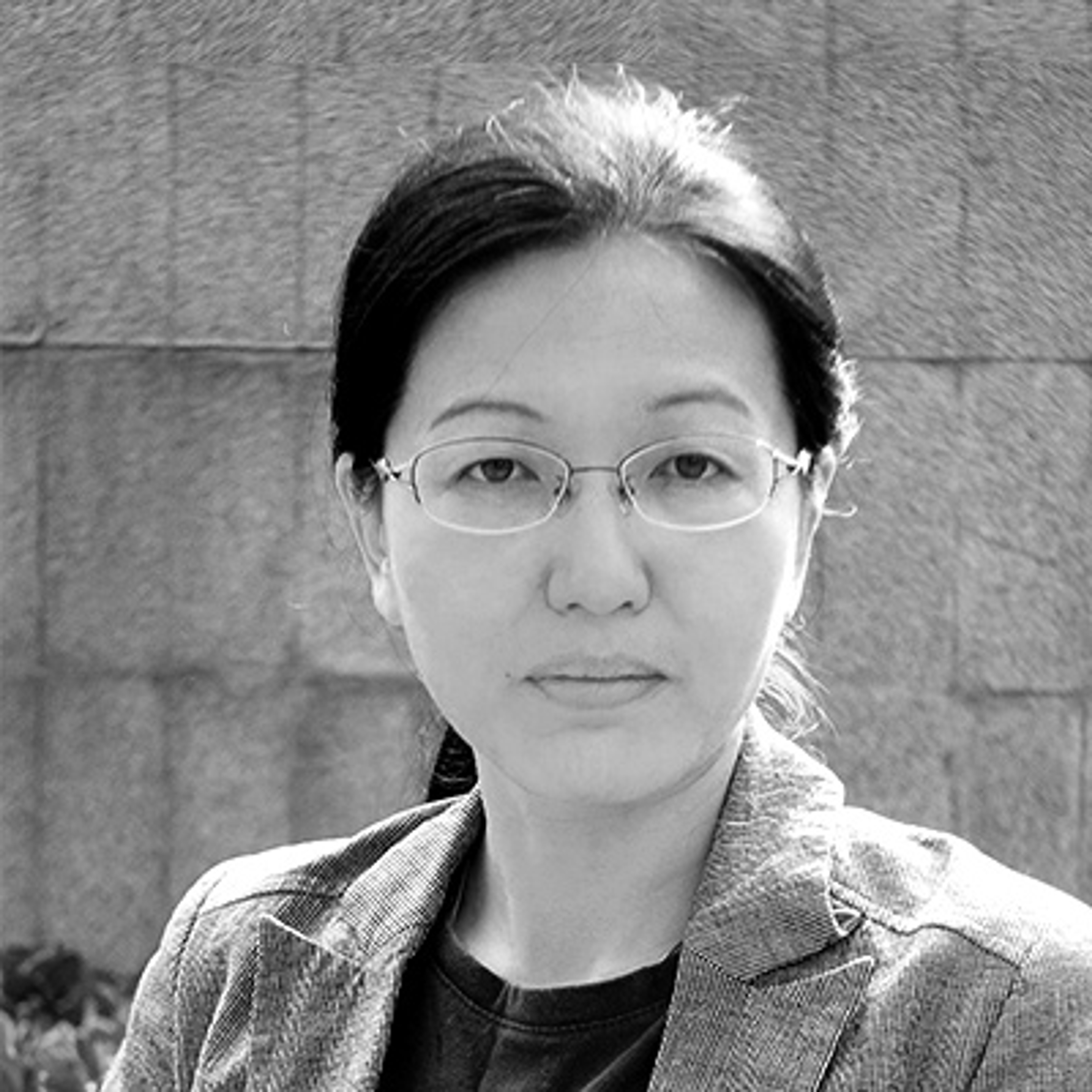Fenrong Liu

FENRONG LIU is a full professor of logic at the department of philosophy at Tsinghua University, Beijing, and the holder of the first Amsterdam-China Visiting Chair for the period 2014-2019. Recently, the Chinese Ministry of Education appointed her as a Changjiang Distinguished Professor, the highest academic honor in China. Fenrong’s main research topic is the analysis of rational agency. She has studied logical modeling of reasons for preference, preference dynamics, and interactions between different types of agents. She has published a number of papers and books on these topics, including “Reasoning about Preference Dynamics” (Springer 2011). Her most recent interest is information flow, reasoning, and decision making in social networks. Fenrong also has a growing interest in projects concerning the history of logic, with the aim of comparing Chinese and western styles of thinking in a systematic unbiased manner. She is currently editing a “Handbook of the History of Logical Thought in China”.